How Quickly Do Executive Orders Take Effect?
Because executive orders do not require Congressional approval, they do have limitations. Federal courts should overturn an executive order if it violates the Constitution, including if it exceeds the president’s enforcement authority — some of President Trump’s executive orders, like birthright citizenship, have already been paused by judges for these reasons. Additionally, the President cannot overrule the Supreme Court’s interpretation of the law and cannot unilaterally change laws that have been passed by Congress. Congress also can negate an executive order by passing legislation to counter it.
Also, the implementation of certain executive orders can vary widely — some portions can be implemented immediately, while others may take months or years to see real-world effects. Orders that take effect immediately often involve changes to current practice, such as directing agencies to alter specific elements of their process or priorities, that don’t require new legal authorization. However, significant changes to infrastructure, funding, or existing rules often must go through the sometimes years-long federal rulemaking process that requires public comment and analysis.
The President may attempt to influence public opinion or intimidate companies, organizations, and federal employees to comply with executive orders before their implementation is complete. Complying with executive orders in advance of their implementation can compound the harm done, because important questions about the scope of the order and how it will be implemented are not yet answered. Remember, just because you see an executive order in the news doesn’t mean it will be implemented overnight.

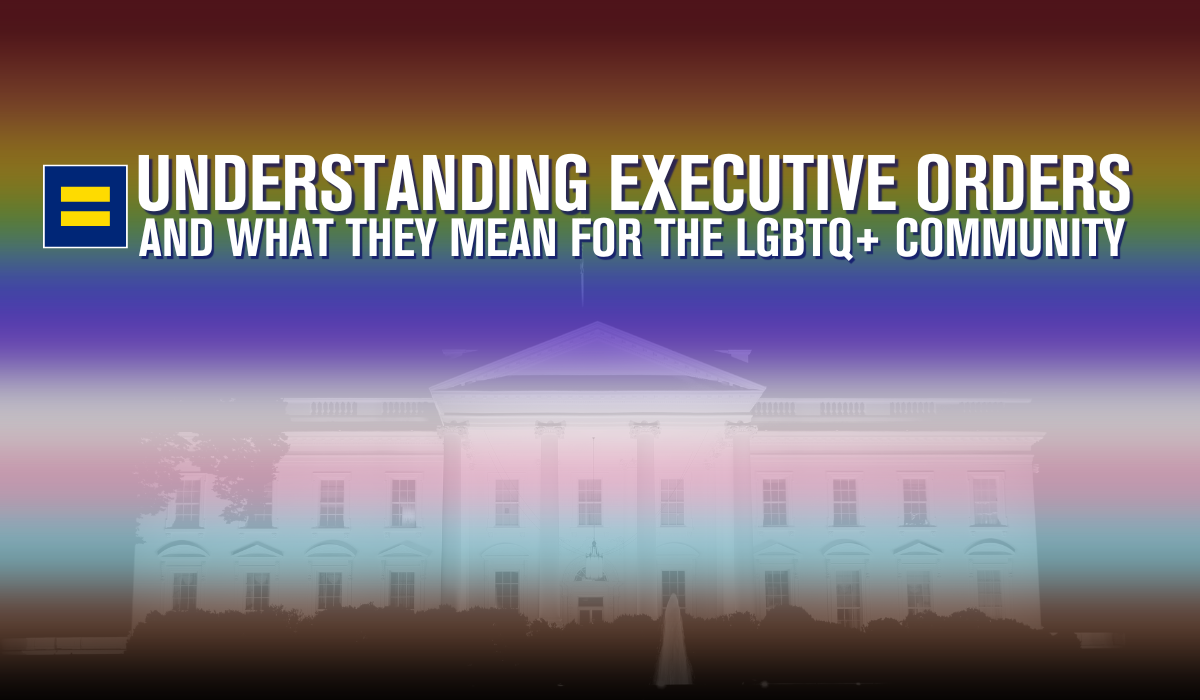

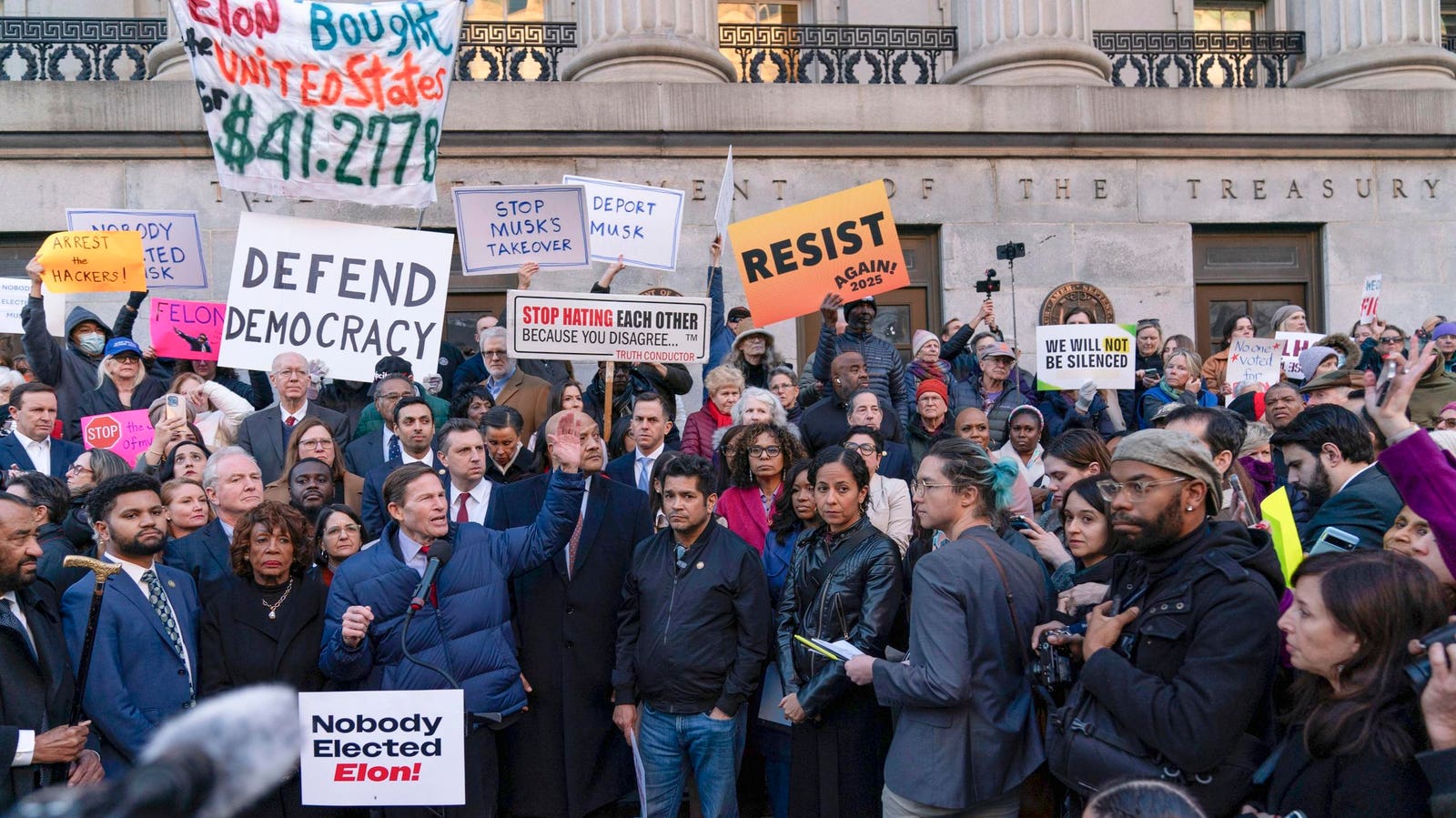
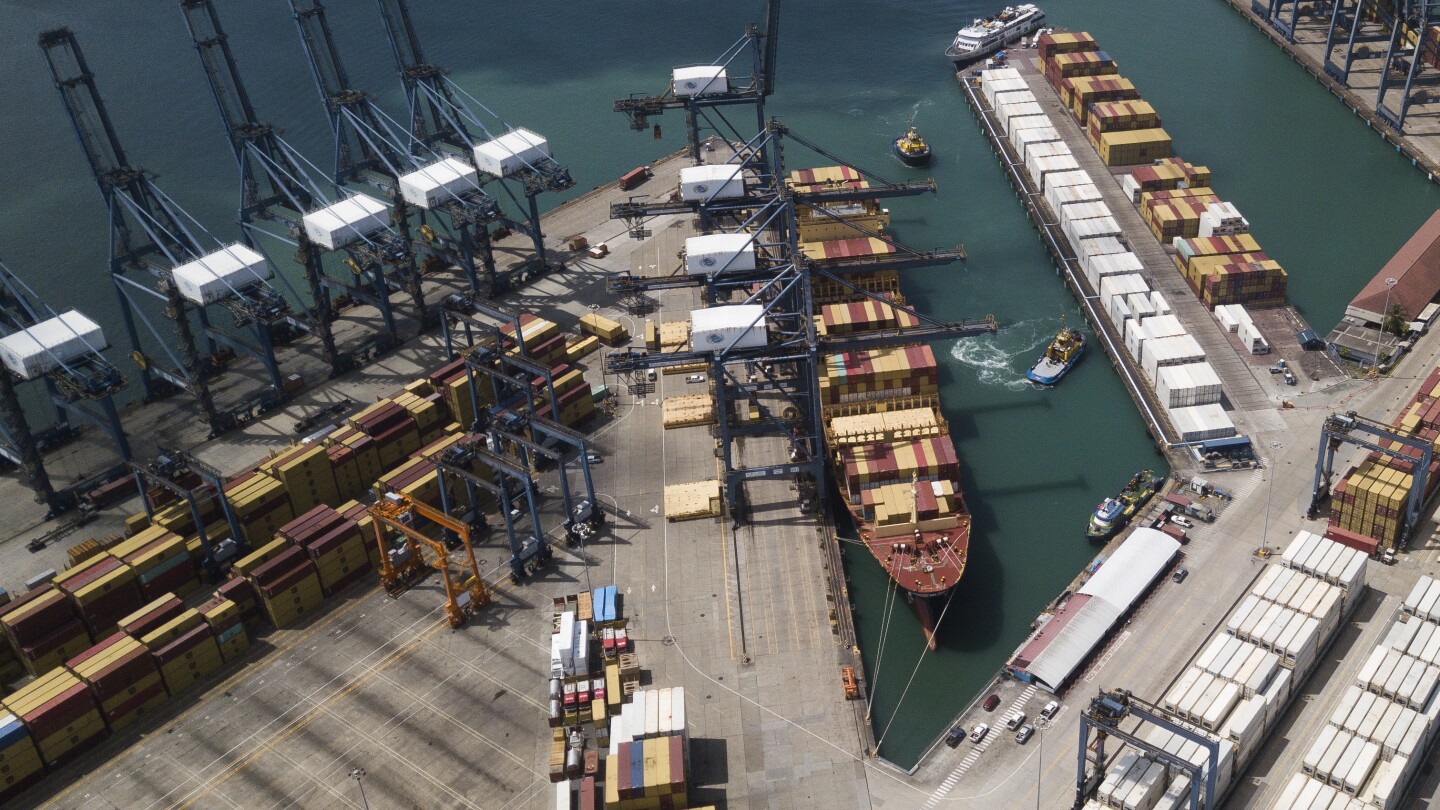

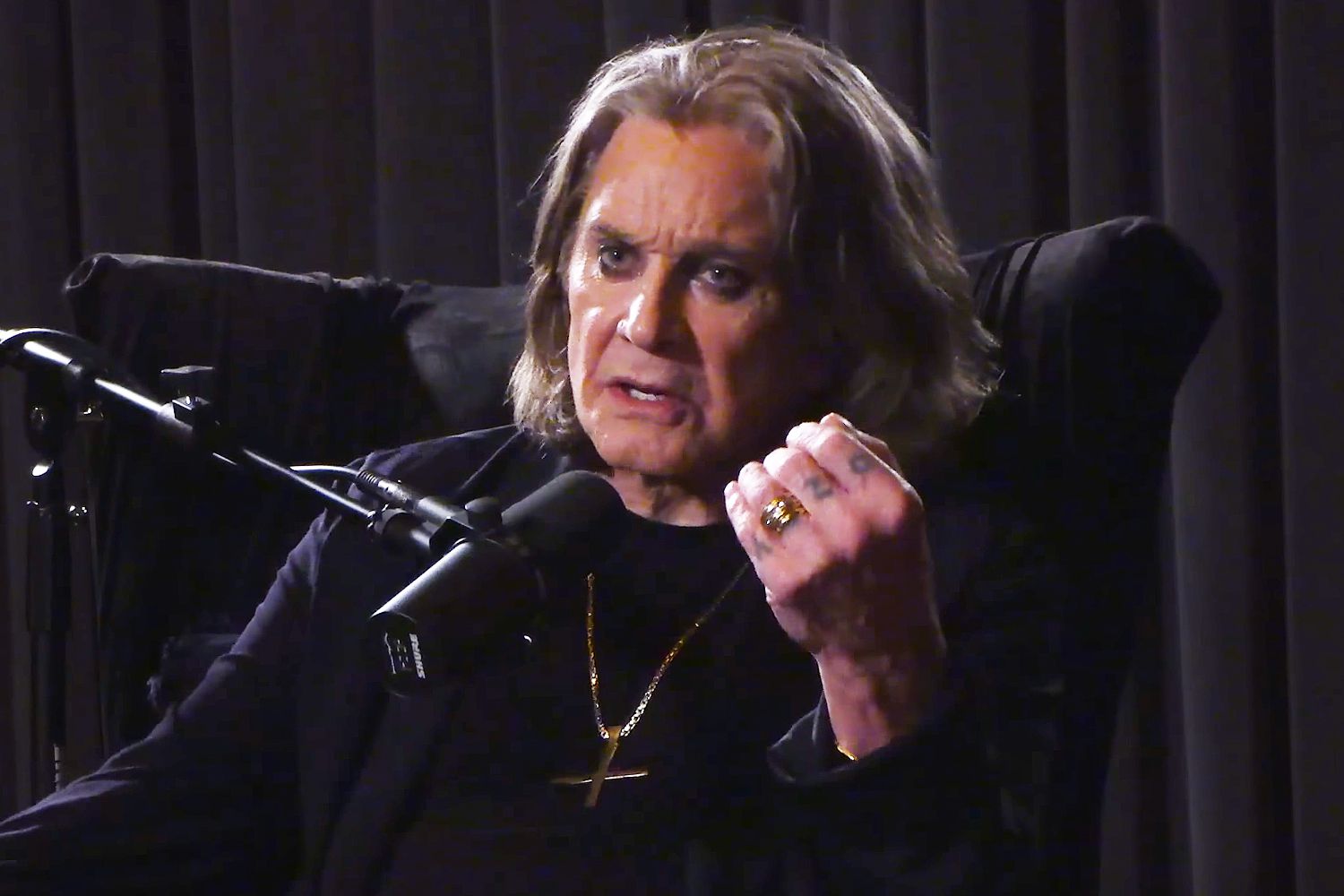



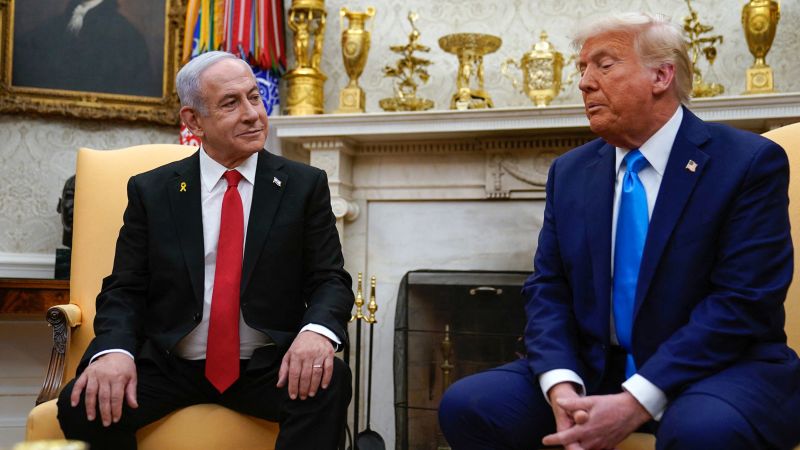




Leave a Reply